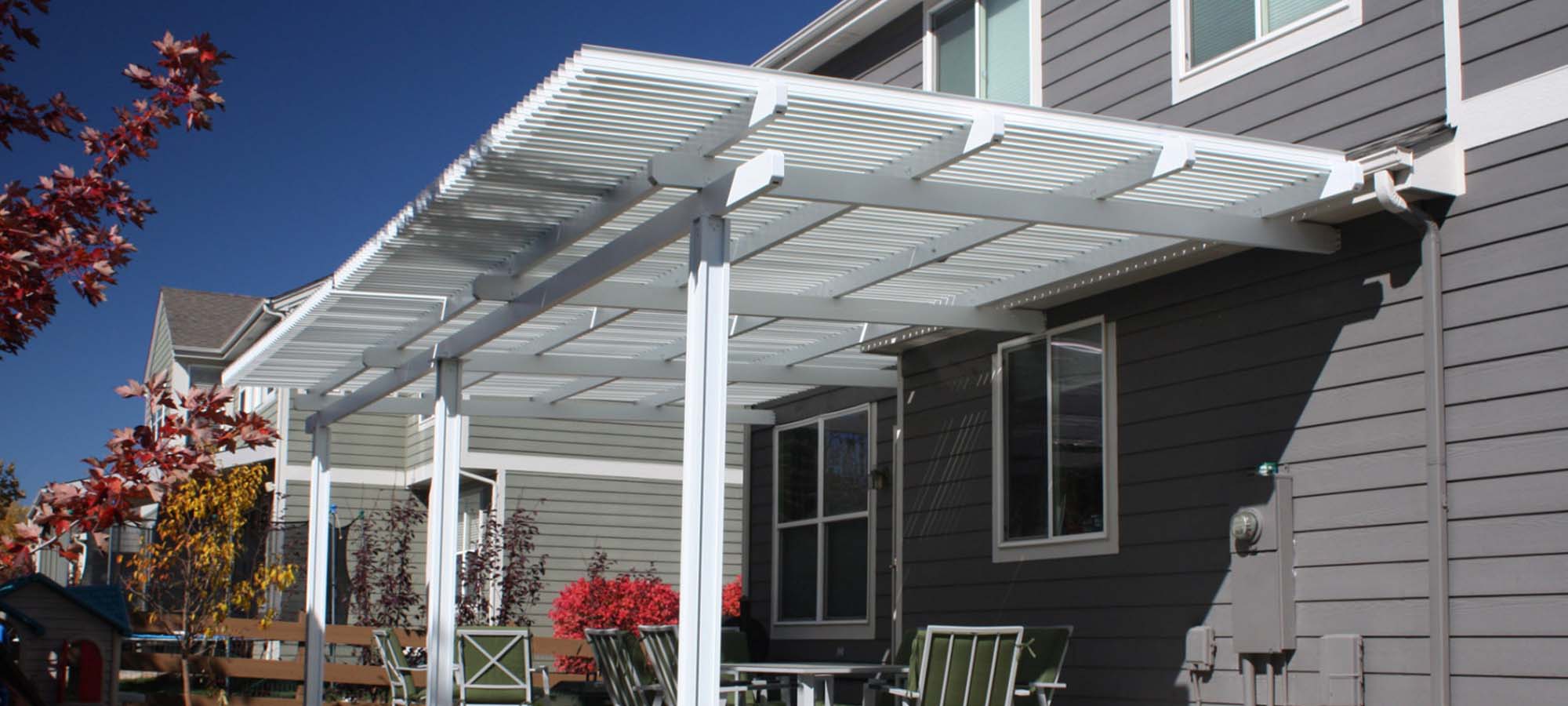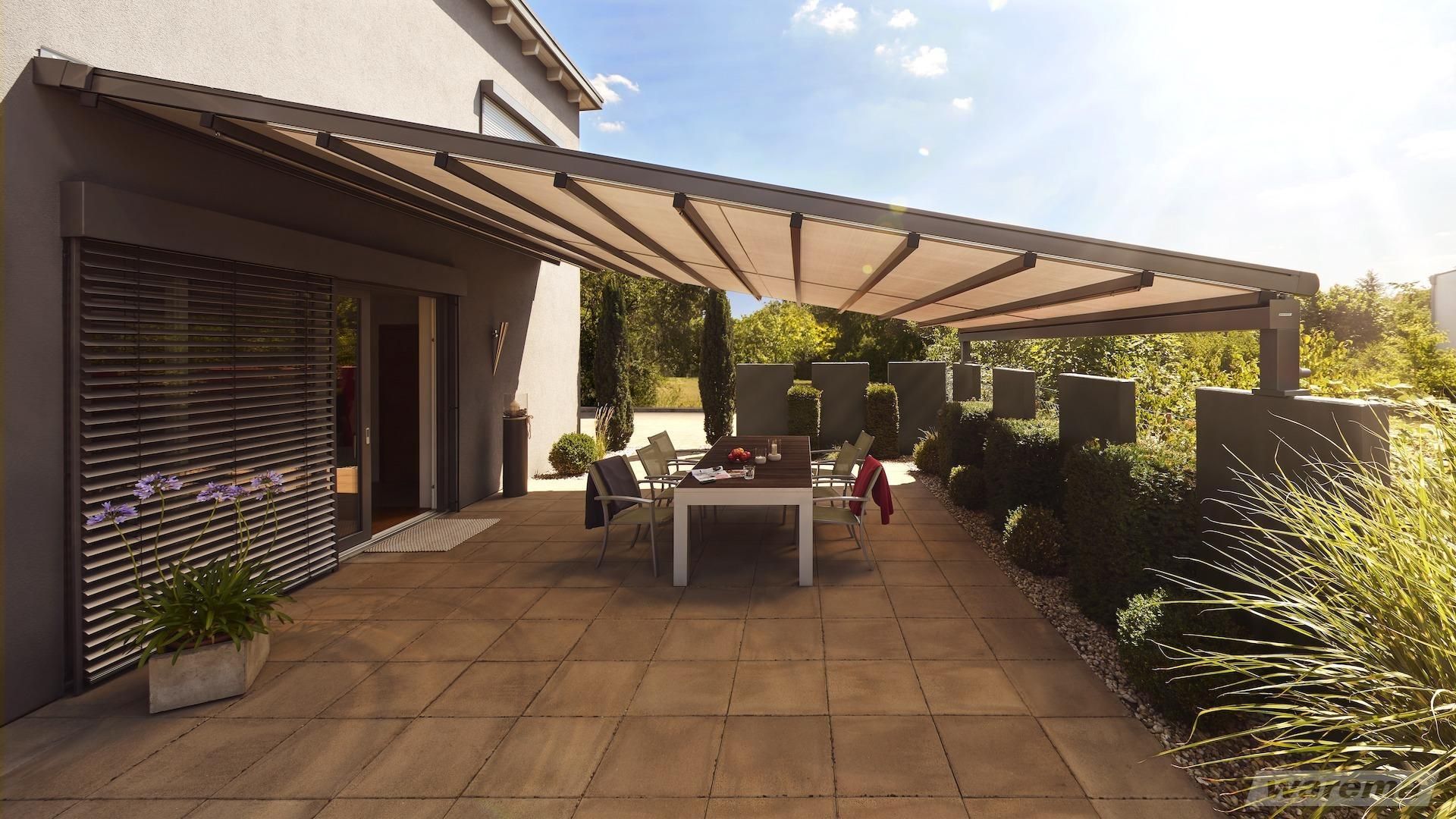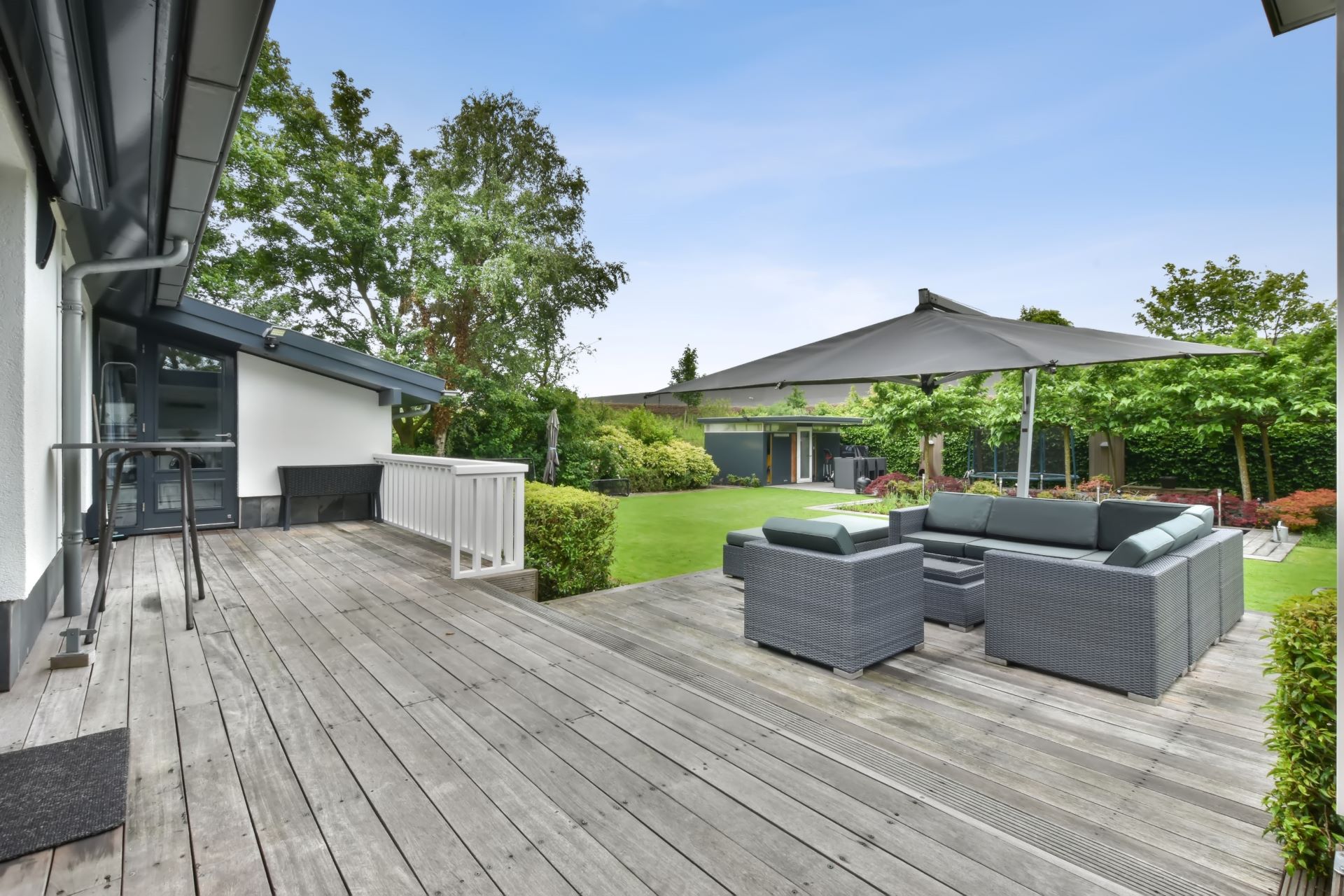Introduction to Outdoor Structures
Creating a comfortable and stylish outdoor space involves choosing the right structures that can enhance the functionality and aesthetics of your patio, deck, or garden. Two popular options for providing shade, shelter, and visual appeal are pergolas and awning. These structures, while serving similar purposes, offer distinct benefits and features that can cater to different needs and preferences. Understanding the differences between pergolas and awnings, as well as their respective advantages and drawbacks, is crucial in making an informed decision about which one is best suited for your outdoor area. This comprehensive guide will explore various aspects of pergolas and awnings, helping you decide which structure aligns with your lifestyle, design vision, and environmental factors.

Design and Aesthetic Appeal
A significant factor in choosing between a pergola and an awning is the design and aesthetic appeal each brings to your outdoor space. Pergolas are open, airy structures typically made of wood, metal, or vinyl, featuring a series of beams and rafters that create a partially shaded area. Their architectural elegance and versatility allow for a wide range of customization options, including climbing plants, hanging lights, and curtains, which can enhance the overall ambiance of your garden or patio. On the other hand, awnings are more functional and practical in design, often consisting of a fabric or metal cover attached to the side of a building. They provide immediate and effective shade, but their appearance is generally less elaborate compared to pergolas.
Functionality and Usage
When it comes to functionality and usage, pergolas and awnings serve different purposes based on their structural characteristics. Pergolas, with their open latticed roofs, offer partial shade and a sense of openness, making them ideal for creating a relaxing retreat without completely blocking out sunlight. This makes pergolas suitable for outdoor dining, lounging, or gardening where you want some sun exposure along with shade. Additionally, pergolas can support accessories like ceiling fans, heaters, and lighting, enhancing their usability throughout different seasons. Conversely, awnings are designed primarily for providing complete shade and protection from the elements. Retractable awnings, for instance, can be adjusted to control the amount of sunlight or rain exposure, offering flexibility and convenience.

Installation and Structural Considerations
The installation process and structural requirements for pergolas and awnings differ significantly, affecting the time, effort, and cost involved. Installing a pergola is generally more complex and labor-intensive, often requiring professional assistance. This involves setting up sturdy posts, beams, and rafters, which need to be securely anchored into the ground or a concrete base. Depending on the size and material, the construction of a pergola can take several days and might require permits or adherence to local building codes. In contrast, awnings are relatively easier to install, especially retractable models, which can often be mounted directly onto existing walls or roofs with brackets and screws.
Maintenance and Durability
Maintenance and durability are critical factors to consider when choosing between a pergola and an awning for your outdoor space. Pergolas, particularly those made from wood, require regular upkeep to maintain their appearance and structural integrity. This includes periodic staining or painting to protect against weathering, as well as inspections for pest infestations or rot. Metal or vinyl pergolas are relatively low-maintenance but may still need occasional cleaning and rust prevention treatments. Despite these maintenance needs, a well-cared-for pergola can last for many years, providing a lasting enhancement to your outdoor area. In comparison, awnings, especially fabric ones, demand less frequent but essential maintenance tasks such as cleaning to remove dirt, debris, and mildew. Retractable awnings also require occasional lubrication of moving parts to ensure smooth operation.

Cost and Budget Considerations
Cost and budget are pivotal considerations when deciding between a pergola and an awning. Pergolas generally involve a higher upfront cost due to the materials, size, and complexity of construction. Customizations, such as integrated lighting, fans, or additional decorative elements, can further increase the investment. Professional installation is often necessary, adding to the overall expense. However, a pergola can be seen as a valuable, long-term addition that enhances the property’s aesthetic appeal and market value. On the other hand, awnings are typically more affordable, with the price varying based on size, type (retractable or stationary), and material quality. While retractable awnings are more expensive than fixed ones, they offer greater flexibility and convenience, which can justify the higher cost. Installation costs for awnings are usually lower, especially if opting for a DIY approach.
Comfort and Usability
Comfort and usability are important considerations when selecting between a pergola and an awning. Pergolas, with their open framework and partial shade, create a breezy, inviting atmosphere that encourages outdoor relaxation and socializing. They allow for natural ventilation and can be adorned with plants, curtains, or shade cloths to enhance comfort and privacy. The open design of a pergola also provides opportunities to incorporate additional features such as ceiling fans, heaters, or outdoor lighting, further increasing the usability of the space during different times of the day and throughout various seasons.

Customization and Personalization
Both pergolas and awning offer opportunities for customization and personalization, allowing you to tailor the structures to your specific preferences and style. Pergolas are highly versatile and can be customized in terms of size, shape, material, and design. Whether you prefer a traditional wooden pergola with intricate detailing or a sleek, modern metal design, there are numerous options to match your aesthetic vision. Additionally, pergolas can be personalized with various accessories such as climbing plants, hanging lights, curtains, or shade sails, creating a unique and personalized outdoor space.
Conclusion
Choosing between a pergola and an awning for your outdoor space involves careful consideration of various factors, including design and aesthetic appeal, functionality and usage, installation and structural requirements, maintenance and durability, cost and budget, climate and environmental conditions, space and layout, comfort and usability, customization and personalization, seasonal use and adaptability, environmental impact and sustainability, and impact on property value. Both structures offer unique benefits and can enhance your outdoor living experience in different ways. Pergolas provide a timeless, customizable design that adds architectural interest and partial shade to your garden or patio, making them ideal for creating a relaxed and inviting atmosphere.
